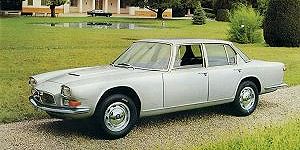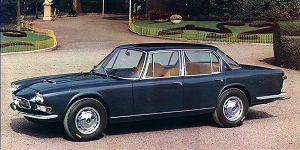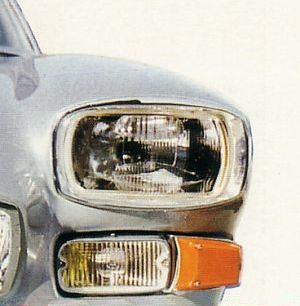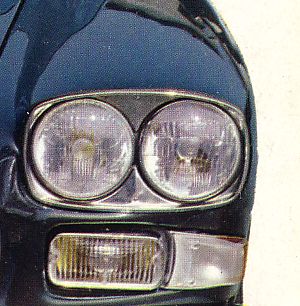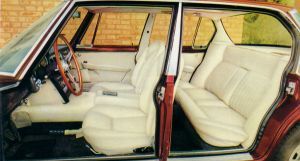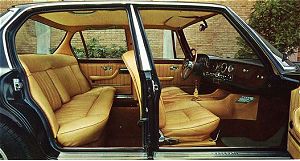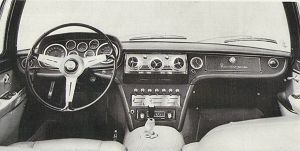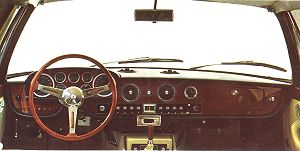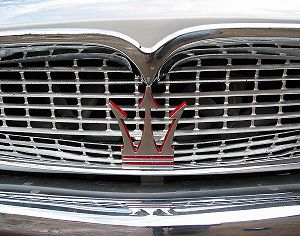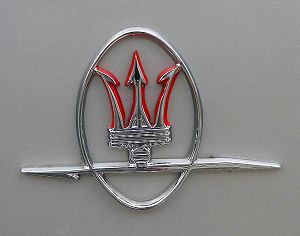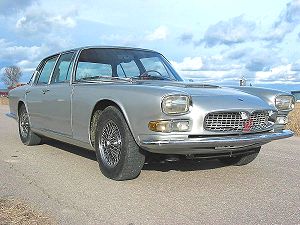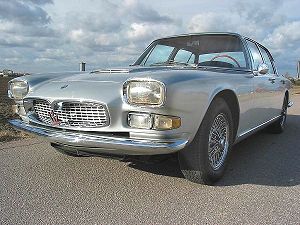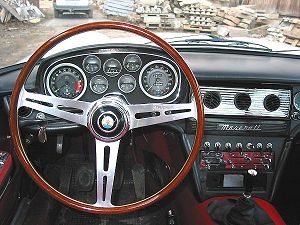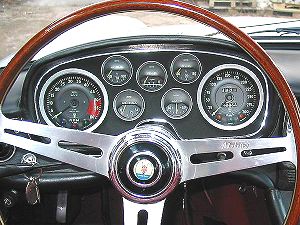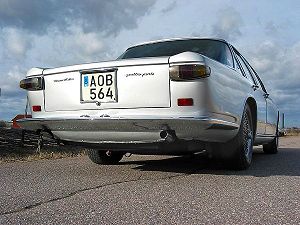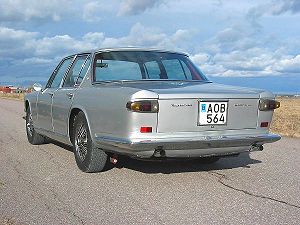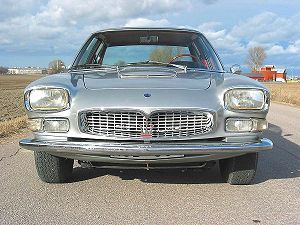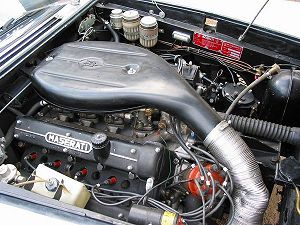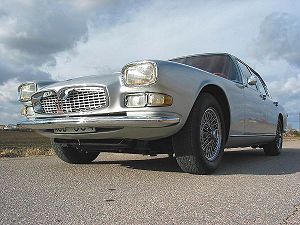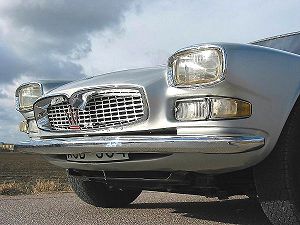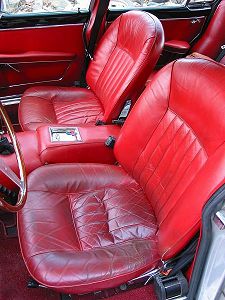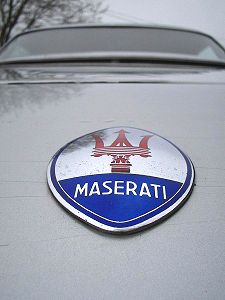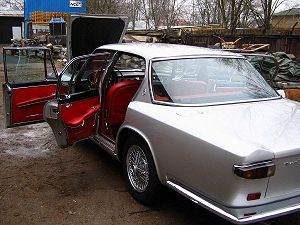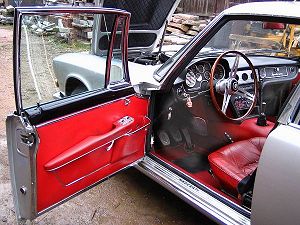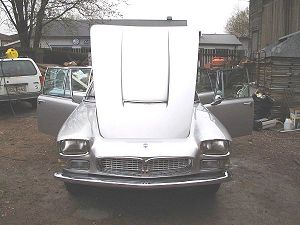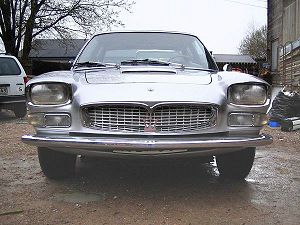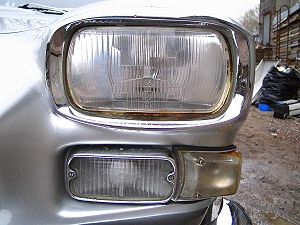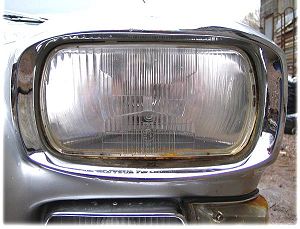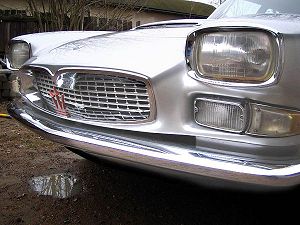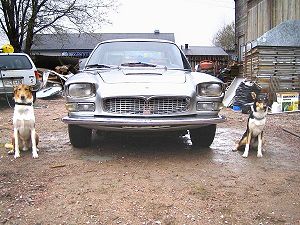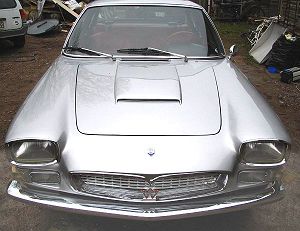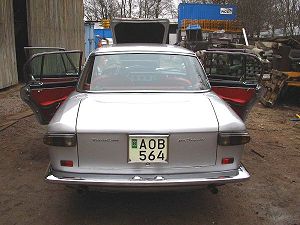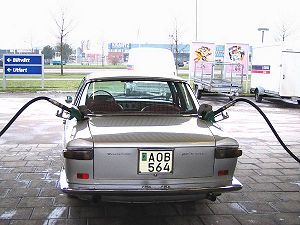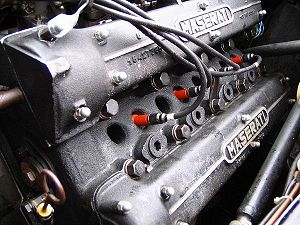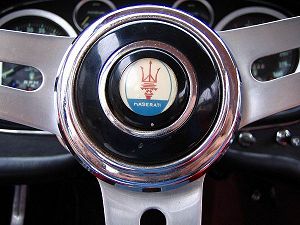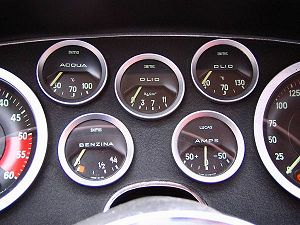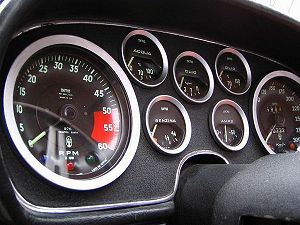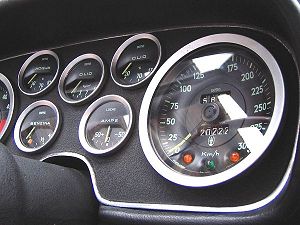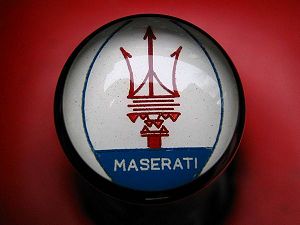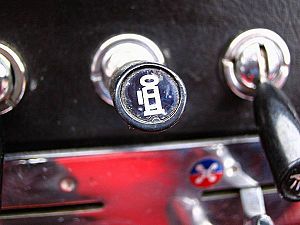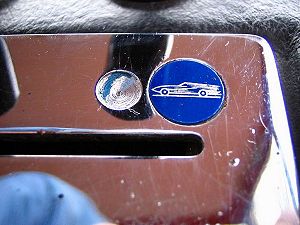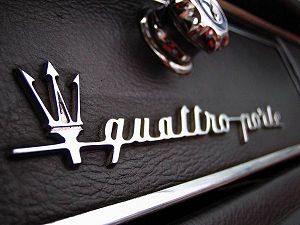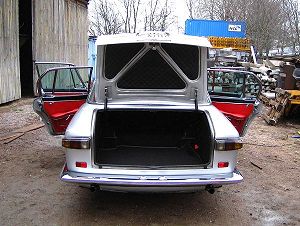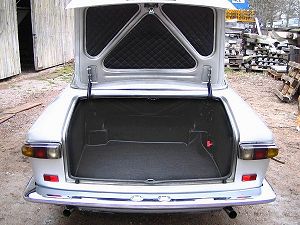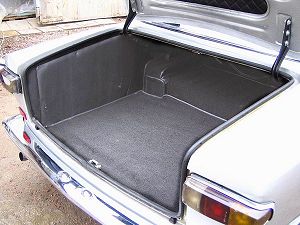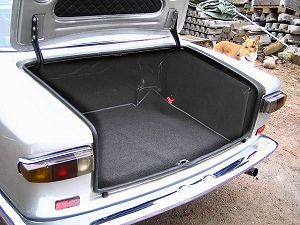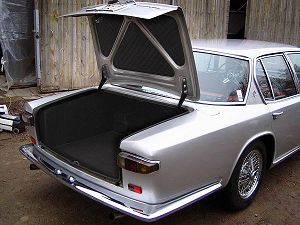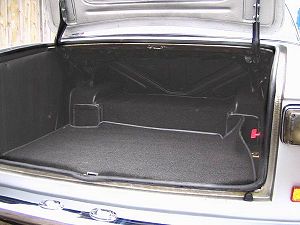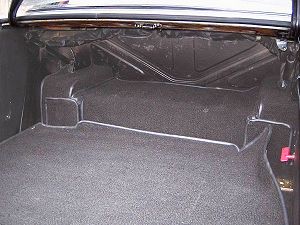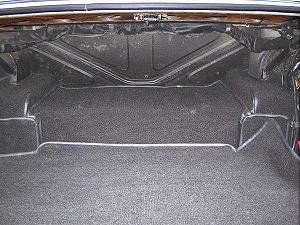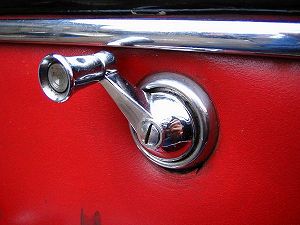| The Quattroporte
"Quattroporte... the fastest four-door saloon in the world." |
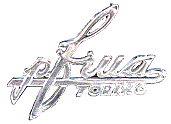 |
||
|
|
|||
|
Following the launch of the Quattroporte IV in 1994, an article in the November 1994 issue of 'Ruoteclassiche' described the Quattroporte as: |
|||
The devoted Maserati clientele of the 'sixties derived great satisfaction and pleasure from driving the 3500 GT, the first Italian-style 'gran tusismo' coupé. But these same customers aspired to own a roomier car that was as fast and reliable. |
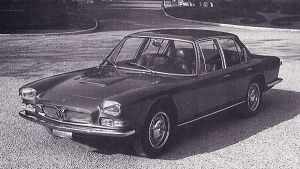 |
||
|
Since attempts in the United States to produce high performance saloons had failed from the start, Maserati was also rather reluctant to take that path, fearing that the domestic and international markets were not ready to hail such a high-prestige product. |
|||
|
In the long and distinguished history of the Casa del Tridente, the Quattroporte was the one car that created the most controversy within the company, with Adolfo Orsi in favour of its conception and his son, Adolfo, against. |
|||
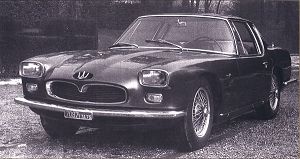 |
Its journey into production was a long and arduous one: it presented the factory with many technical problems never encountered before and continuation of this project required great courage on their part: for the success of such an important and innovative car was by no means guaranteed. From its inception the only thing that was certain was its power unit: it would be fitted with a V8 engine. |
||
Sig. Ermanno Cozza, Maserati's official archivist recalls a comment made to Comm. Orsi, while they were bench-testing the 450S engine, with its 430 bhp at 8000 rpm: "Questo motore farebbe la gioia degli americani, se convenientemente addomesticato e montato sulle loro grosse berline." And Orsi replied "Chissà che un giorno non la faremo noi una grossa berlina." "This engine would be the joy of the Americans, if it were properly tamed and put into their big saloon cars." "Who knows?" replied Comm. Orsi, "Maybe one day we WILL build a large saloon car". In the meantime, that engine was mounted on the 34 5000 GTs built in the early 'sixties. |
|||
Reduced to 4136 cc, it cranked out 260 bhp at only 5000 rpm, with excellent torque at only 3000 rpm. The gear box was the trustworthy ZF S5-325 manual 5-speed and Borg-Warner automatic transmission was available as an option. To give the car a sportier driving style, despite its 2750 mm wheelbase and its fully-laden weight of some 2000 kg (1700 kg dry weight), the choice of rear axle went to the De Dion of the legendary 250F and 300S. The innovative unitized frame was formed of sheet metal box sections. |
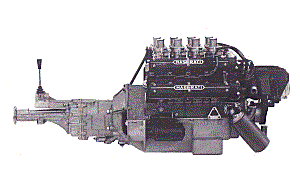 |
||
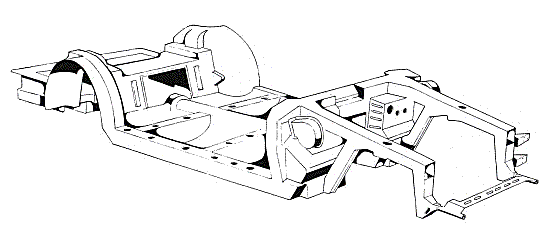 |
|||
The design and bodylines were the logical evolution of a 5000GT Prince Karim Aga Khan ordered from Pietro Frua in 1961, consequently the design (and the construction of the very first cars) were by Pietro Frua. During the production period the body was built by Maggiora in Turin, and the
painting and assembly carried out by Vignale. |
|||
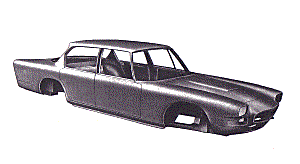 |
The new saloon could comfortably accomodate five occupants, who could stow their luggage in an ample 25 cu ft of trunk space. The car could reach 230 kph (over 140 mph) and accelerate from 0 to 100 kph in 8 seconds. At cruising speed (over 200 kph/ 125 mph) the Quattroporte offered lavish comfort for long trips: no other saloon could beat it! |
||
The seats were upholstered in Connolly leather, the side windows highly curved for their time had electric lifts, while air conditioning was offered as an option. Production of the first version began in 1964 and reached a total of 260 units. |
|||
In 1966 some aesthetic improvements were added: the single rectangular headlamps were replaced with two pairs of roundlamps to permit licencing of the car in the United States. |
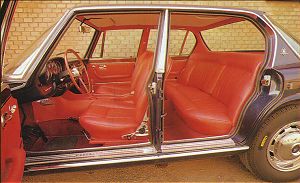 |
||
The most significant modification, however, was the replacement of the De Dion with a rigid axle that ensured quieter driving, especially over imperfect road surfaces. In 1968 an alternative version was presented with a 4700 cc engine producing around 300 bhp: together with a weight reduction of some 50 kg, this gave the car a top speed of 245 kph (over 150 mph). In 1969, the first series Quattroporte was discontinued after totalling 770 production units. |
|||
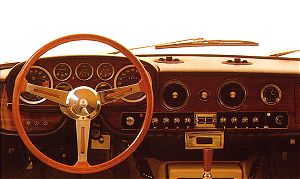 |
The first series Quattroporte was the car coveted by the most important industrialists of the day, as well as actors and film stars such as Marcello Mastroianni, who had both versions, Alberto Sordi, Stewart Granger Anthony Quinn and Peter Ustinov, who still drives his today, and famous figures including the Aga Khan, Leonid Breznev, Prince Rainier of Monaco, Conte Volpi di Misurata, tenor Mario Del Monaco and singer Luciano Taioli, just to mention a few. |
||
The Quattroporte can hold its weight today, in terms of both interior and performance, and is still driven in maximum safety and comfort. Lastly, of all the collectors' cars available today, it has probably the best quality-performance-price ratio. |
|||
| TECHNICAL DATA - TIPO 107 | |
| Body type | 4-door 4/5-seater Luxury Saloon |
| Production years | From 1964 to 1969 |
| Engine | Front engined V8 cylinder @ 90° |
| Bore and stroke | 88 mm X 85 mm (93.9 x 110 mm) |
| Engine capacity | 4136 cc (4709 cc) |
| Compression ratio | 8.5:1 |
| Maximum power | 235-bhp @ 5500 rpm (290 bhp @ 5200 rpm) |
| Distribution | Four overhead camshafts, two valves per cylinder |
| Induction system | No 4 twin-choke down-draught 38 DCNL5 Weber carburettors |
| Ignition | Single with Marelli distributor |
| Lubrification | Forced with pressure pump |
| Transmission | Rear wheel drive |
| Differential | De Dion (Rigid axle) |
| Clutch | Dry single plate |
| Gearbox | Manual 5-speed and reverse (optional automatic transmission) |
| Chassis | Sheet metal box section |
| Front suspension:- | Independent wheels, coil-springs, telescopic shock-absorbers and anti-roll bar |
| Rear suspension:- | Semi-elliptical leaf-springs, telescopic shock-absorbers and anti-roll bar |
| Brakes | Hydraulically operated disc brakes on all four wheels |
| Wheelbase | 2750 mm |
| Wheel tracks | Front 1390 mm Rear 1403 mm |
| Tyres | Front:- 205 x 15 Rear:- 205 x 15 |
| Dry weight | 1700 kg (1650 kg) |
| Overall length | 5000 mm |
| Overall width | 1720 mm |
| Overall height | 1360 mm |
| Maximum speed | 230 kph (245 kph) |
| Models constructed | 770 |
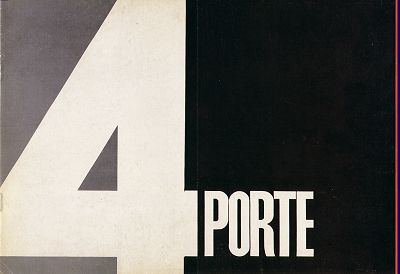 |
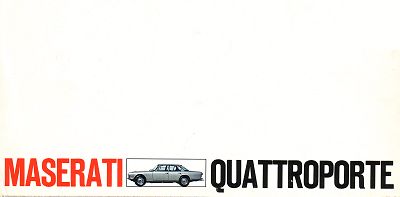 |
 |
|
To enter Enrico's Maserati Pages CLICK HERE! Copyright: Enrico's Maserati Pages - © 2002-2004. All rights reserved. |
